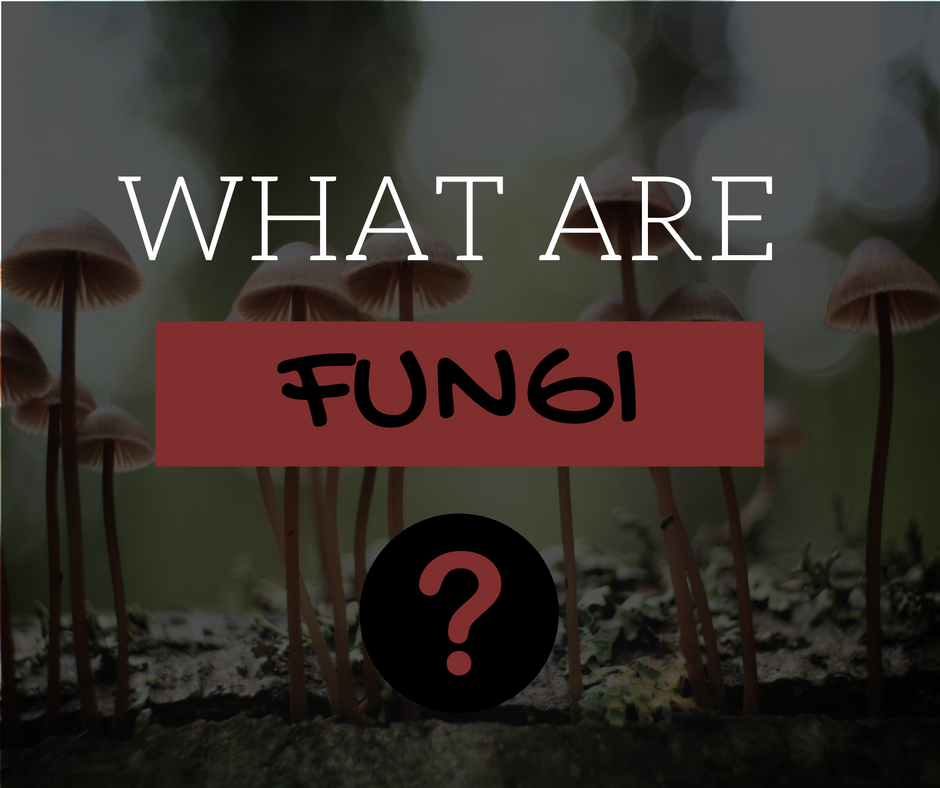
The Fungi Kingdom is composed of important organisms that benefit the entire ecosystem. Most of us are familiar with the edible fruits of fungus such as mushrooms, truffles, and morels. However, just like viruses and bacteria, fungi can cause diseases in our body.
Fungal Skin Infections (Tinea infections)
Although fungal skin infections are not life threatening, symptoms can be uncomfortable. Since fungi thrive in moist and damp areas, the most common areas of fungal skin infections are the warm, moist, and creased areas of the body such as between the toes, thighs, genital regions, and armpits.
Skin infections can be caused by Yeast (Candida), Dermatophytes (a type of fungus that feeds off dead skin cells) and nondermatophytes. Diabetes, obesity, or taking corticosteroid medication for a long time may place one at an increased risk for fungal infections. Infection can also be contracted by coming in direct contact with these fungi in public showers or locker rooms or in contact with an infected animal or pet. Other risk factors for fungal infections of the feet are wearing the same shoes or socks every day (where the shoes retain excessive moisture), having damaged nail beds, wearing nail polish, going to the nail salon or having other skin disorders such as psoriasis.
Symptoms of a fungal skin infection on the body will appear as a pink and itchy rash of the skin, or white patches in the mouth. On the feet, fungal infections can cause dry and peeling skin in the heels and in between the toes. Most fungal infections of the feet cause malodorous sweat or excessive moisture between the toes. In healthy individuals, the resident bacteria or flora will restrict the overgrowth of fungi. However, when we feed candida and other fungi with an unhealthy diet rich in sugar and processed carbohydrates or use antibiotics often, our normal bacteria become outnumbered and our body succumbs to a fungal infection.
Fungal Infections of Toenails (Onychomycosis)
Signs of a toenail infection are usually brittle, discolored or thickened toenail. Most often toenail infections are caused by Dermatophytes, but occasionally yeast (Candida) and other fungi can be the culprits as well. Toenail fungus is different from Athlete’s foot in that the nail, rather than the skin, has been affected.
Intestinal Candida
Candida is a common micro-organism present in our intestines. However, when it begins to outnumber the healthy bacteria in our intestines, it becomes a problem. Signs of an intestinal candida are bloating, cramping, indigestion, fatigue, and frequent headaches.
Treatments
Mainstay treatments will use topical or oral anti-fungal medication which can take up to 12 weeks to clear a toenail fungus or several days for a simple yeast infection. However, these medications can lead to unpleasant side effects and sometimes liver insult.
If you desire alternative routes, some options are using oregano oil: 15 drops of the liquid form mixed with two to four ounces of water. Snakeroot leaf extract has also been found to be as effective for toenail fungus as the drug ciclopirox when applied topically to affected area. It was applied every third day for the first month, twice a week for the second month and once a week for the third month. Additionally, tree tea oil applied twice daily for about 16 weeks has been shown to help 80% of patients with onychomycosis. One of the keys to winning the war against fungi is persistence.
Maintaining healthy gut bacteria with well-balanced plant-based meals, hydration, and proper stress management will also boost the immune system to ward off these pesky little fungi.